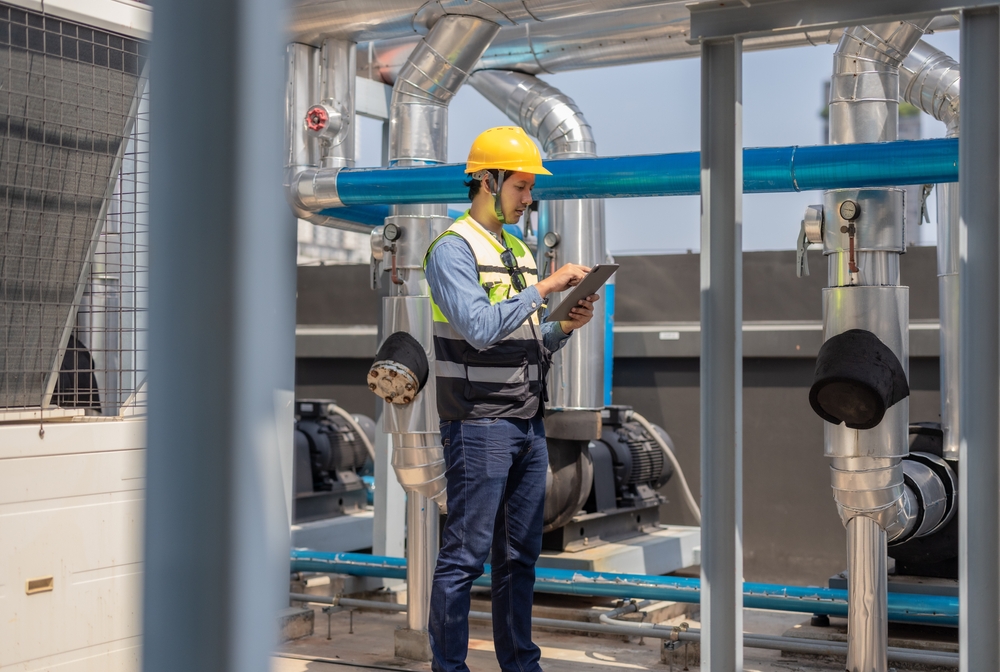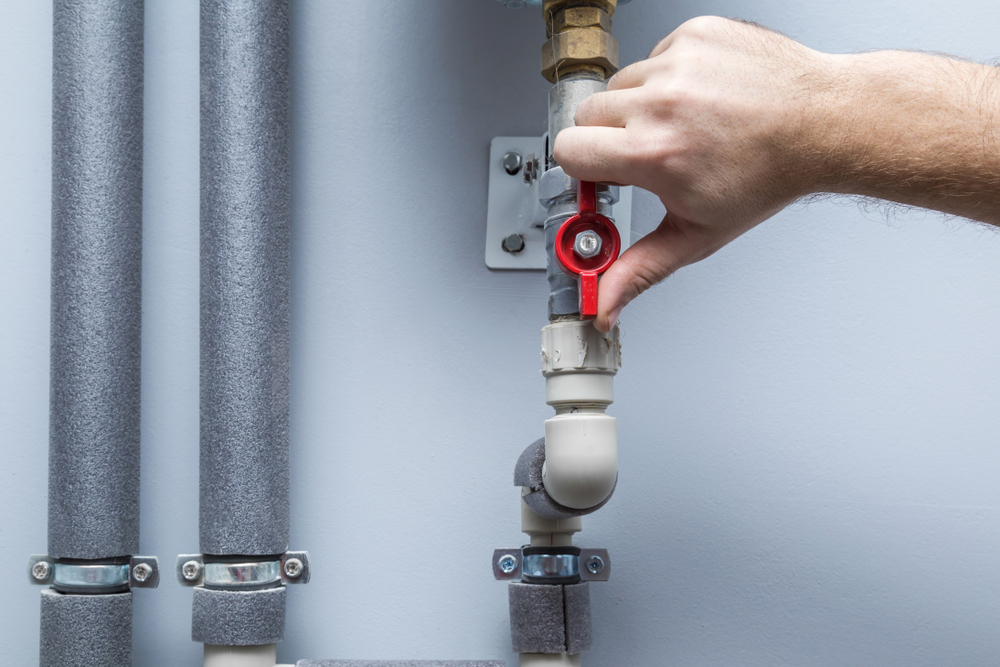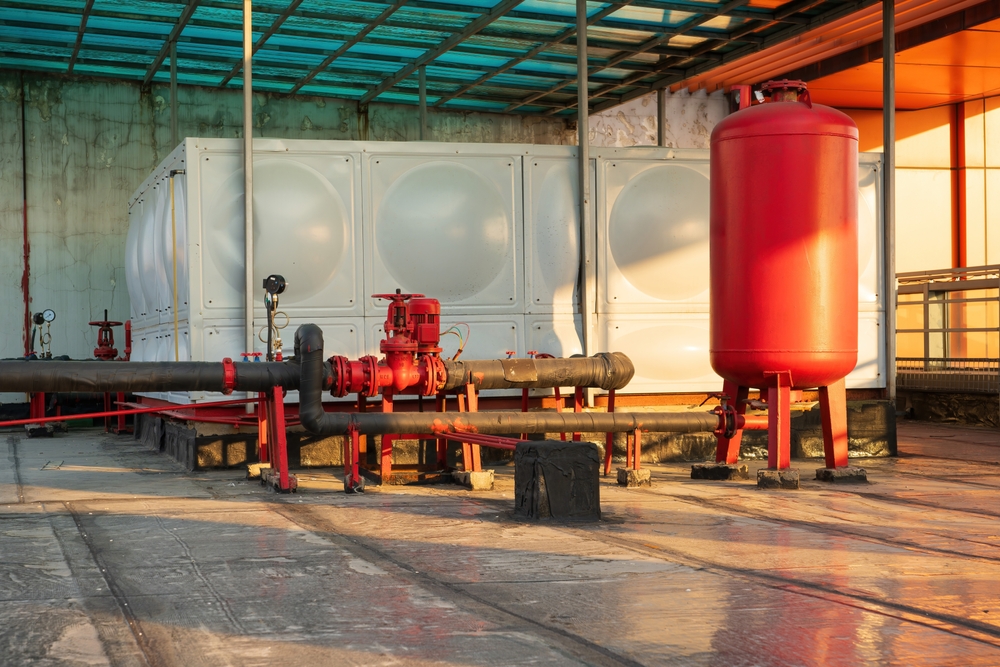Beyond Water Conservation: Government Incentives for Sustainable Plumbing Practices
Sustainable plumbing practices play a crucial role in addressing the global challenges of water scarcity and energy consumption. They not only conserve precious resources but also contribute to environmental preservation and cost savings. Governments worldwide recognize the importance of promoting sustainable plumbing and have introduced various incentives to encourage these practices. This article explores the diverse government incentives available for sustainable plumbing, highlighting their benefits and providing real-life examples of their successful implementation.

Water Conservation and Efficiency Incentives
Explanation of Water Conservation Incentives Offered by Government
Governments offer a range of incentives to promote water conservation and efficiency. These incentives include rebates, grants, and subsidies designed to encourage individuals and businesses to adopt water-saving technologies and practices. By reducing water consumption, these measures help mitigate the strain on water resources and lower utility bills.
Examples of Programs and Initiatives Promoting Water Efficiency
Several programs and initiatives highlight the effectiveness of government incentives in promoting water efficiency. For instance, the U.S. Environmental Protection Agency (EPA) runs the Waterhens program. This initiative certifies water-efficient products and provides rebates for purchasing Waterhens-labeled fixtures and appliances. The program’s success lies in its ability to save millions of gallons of water annually.
In Australia, the Victorian Government’s Smart Water Fund supports innovative water-saving projects. This fund provides grants to businesses and communities to implement water-efficient practices. One notable project involved retrofitting public buildings with water-efficient fixtures, resulting in significant water savings and reduced operational costs.
Benefits of Implementing Water Conservation Practices
Implementing water conservation practices offers numerous benefits. Firstly, it reduces water bills, leading to substantial cost savings for households and businesses. Secondly, it lessens the demand on municipal water supplies, ensuring more sustainable water management. Additionally, conserving water helps protect natural ecosystems and reduces the energy required for water treatment and distribution.
By adopting water-efficient fixtures and practices, individuals and organizations can contribute to a more sustainable future while enjoying financial savings. These incentives not only promote responsible water use but also foster a culture of sustainability.
Energy Efficiency Incentives
Discussion on Energy-Efficient Plumbing Systems and Their Benefits
Energy-efficient plumbing systems are designed to minimize energy consumption and optimize performance. These systems include technologies such as low-flow faucets, high-efficiency water heaters, and insulated pipes. By reducing the energy required for heating and distributing water, these systems significantly lower utility bills and carbon emissions.
Government Incentives for Promoting Energy Efficiency in Plumbing
Governments provide various incentives to encourage the adoption of energy-efficient plumbing systems. These incentives often include tax credits, rebates, and grants. For example, the U.S. Department of Energy offers the Federal Energy Management Program (FEMP) to support energy-efficient technologies in federal facilities. FEMP provides funding for projects that enhance energy efficiency, including plumbing upgrades.
In the United Kingdom, the Enhanced Capital Allowance (ECA) scheme allows businesses to claim 100% first-year tax relief on investments in energy-efficient equipment. This scheme covers a wide range of plumbing technologies, making it easier for businesses to invest in energy-saving upgrades.
Case Studies of Successful Energy-Efficient Plumbing Projects
Numerous case studies demonstrate the effectiveness of energy-efficient plumbing incentives. For instance, the Empire State Building underwent a comprehensive retrofit to improve its energy efficiency. The project included upgrading the plumbing system with low-flow fixtures and high-efficiency water heaters. As a result, the building achieved significant energy savings and reduced its carbon footprint.
In another example, a hotel in California implemented a comprehensive energy-efficient plumbing system. By installing low-flow showerheads, faucets, and toilets, the hotel reduced its water and energy consumption, resulting in substantial cost savings. These case studies highlight the tangible benefits of government incentives in promoting energy-efficient plumbing practices.

Renewable Energy Incentives
Explanation of Using Renewable Energy Sources in Plumbing Systems
Integrating renewable energy sources into plumbing systems is an innovative approach to achieving sustainability. Renewable energy technologies, such as solar water heaters and geothermal heat pumps, harness natural resources to provide hot water and heating. These systems reduce reliance on fossil fuels, lower energy bills, and minimize environmental impact.
Government Incentives for Implementing Renewable Energy in Plumbing
Governments worldwide offer incentives to encourage the adoption of renewable energy technologies in plumbing systems. These incentives often include tax credits, rebates, and grants. For example, the U.S. federal government provides the Residential Renewable Energy Tax Credit, which allows homeowners to claim a credit for a percentage of the cost of renewable energy systems, including solar water heaters.
In Germany, the Market Incentive Program for Renewable Energies supports the installation of renewable energy systems in residential and commercial buildings. This program offers grants and low-interest loans for solar thermal systems, biomass heating, and heat pumps, promoting the integration of renewable energy into plumbing systems.
Real-Life Examples of Successful Renewable Energy Plumbing Projects
Real-life examples illustrate the success of renewable energy incentives in plumbing projects. In Hawaii, the Mauna Lani Bay Hotel installed solar water heaters to reduce its reliance on conventional energy sources. The project received financial support from state and federal incentives, resulting in significant energy savings and a reduced carbon footprint.
Similarly, a residential community in Sweden implemented a district heating system powered by geothermal energy. The system provided heating and hot water to multiple homes, reducing the community’s dependence on fossil fuels. The project benefited from government grants and showcased the potential of renewable energy in sustainable plumbing.
Tax Credits and Rebates
Explanation of Tax Credits and Rebates Related to Sustainable Plumbing
Tax credits and rebates are powerful incentives that encourage the adoption of sustainable plumbing practices. These financial incentives reduce the initial cost of installing water-efficient and energy-efficient systems, making them more accessible to individuals and businesses.
Eligibility Criteria and Application Process
To take advantage of tax credits and rebates, individuals and businesses must meet specific eligibility criteria. These criteria often include purchasing eligible products, installing systems according to guidelines, and submitting documentation. For example, to qualify for the U.S. Residential Renewable Energy Tax Credit, homeowners must install eligible renewable energy systems and file the appropriate forms with their tax return.
The application process typically involves providing proof of purchase, installation, and compliance with program requirements. While the process may vary depending on the incentive, it usually includes submitting receipts, certifications, and application forms to the relevant authorities.
How Tax Credits and Rebates Can Benefit Both Individuals and Businesses
Tax credits and rebates offer significant benefits to both individuals and businesses. For individuals, these incentives reduce the upfront cost of sustainable plumbing upgrades, making them more affordable. This financial relief encourages homeowners to invest in energy-efficient and water-saving technologies, leading to long-term savings on utility bills.
For businesses, tax credits and rebates provide an opportunity to enhance sustainability while improving the bottom line. By reducing the cost of installing energy-efficient and water-efficient systems, businesses can achieve operational savings and enhance their corporate social responsibility. These incentives also create a competitive advantage by demonstrating a commitment to sustainability, which can attract environmentally conscious customers.
Other Incentives for Sustainable Plumbing
Overview of Additional Incentives Such as Grants and Loans
Beyond tax credits and rebates, governments offer various grants and loans to promote sustainable plumbing practices. These financial incentives support projects that enhance water and energy efficiency, reduce environmental impact, and improve public health. Grants and loans are often available to individuals, businesses, and communities.
Different Programs and Initiatives for Promoting Sustainable Plumbing Practices
Several programs and initiatives highlight the effectiveness of grants and loans in promoting sustainable plumbing. For example, the U.S. Environmental Protection Agency’s Clean Water State Revolving Fund (CWSRF) provides low-interest loans for water quality improvement projects. This fund supports initiatives such as upgrading plumbing systems to reduce water consumption and improve efficiency.
In Canada, the Green Municipal Fund (GMF) offers grants and loans to municipalities for sustainable infrastructure projects. This fund supports initiatives like retrofitting public buildings with water-efficient fixtures and implementing renewable energy systems in plumbing.
Success Stories of Organizations or Individuals Who Have Utilized These Incentives
Success stories from organizations and individuals who have utilized grants and loans for sustainable plumbing projects highlight the impact of these incentives. For instance, a school district in Texas received a grant to install low-flow plumbing fixtures and a rainwater harvesting system. The project resulted in significant water savings and provided an educational opportunity for students to learn about sustainability.
In another example, a nonprofit organization in the United Kingdom received a loan to upgrade its plumbing system with energy-efficient fixtures. The project reduced the organization’s utility bills, allowing it to allocate more resources to its core mission. These success stories demonstrate the transformative power of grants and loans in promoting sustainable plumbing practices.

Conclusion
Sustainable plumbing practices are essential for addressing the global challenges of water scarcity and energy consumption. Governments recognize this and offer a variety of incentives to encourage the adoption of water-efficient, energy-efficient, and renewable energy technologies in plumbing systems. These incentives, including tax credits, rebates, grants, and loans, provide financial support to individuals, businesses, and communities.
By taking advantage of these opportunities, we can reduce our environmental impact, lower utility bills, and contribute to a more sustainable future. The benefits of sustainable plumbing extend beyond cost savings, fostering a culture of responsibility and innovation. As we embrace these practices, we move closer to a future where water and energy resources are used efficiently and responsibly.
In conclusion, the government incentives for sustainable plumbing practices are invaluable tools for achieving a more sustainable and resilient future. By understanding and utilizing these incentives, we can make significant strides in conserving resources, reducing emisons, and promoting environmental stewardship. Let us seize these opportunities and take action today to create a better tomorrow.
Plumbing Services CA
https://maps.app.goo.gl/31Yt4rhDrainzNJ4A
(279) 203-0765
https://plumbingservicesca.com/
